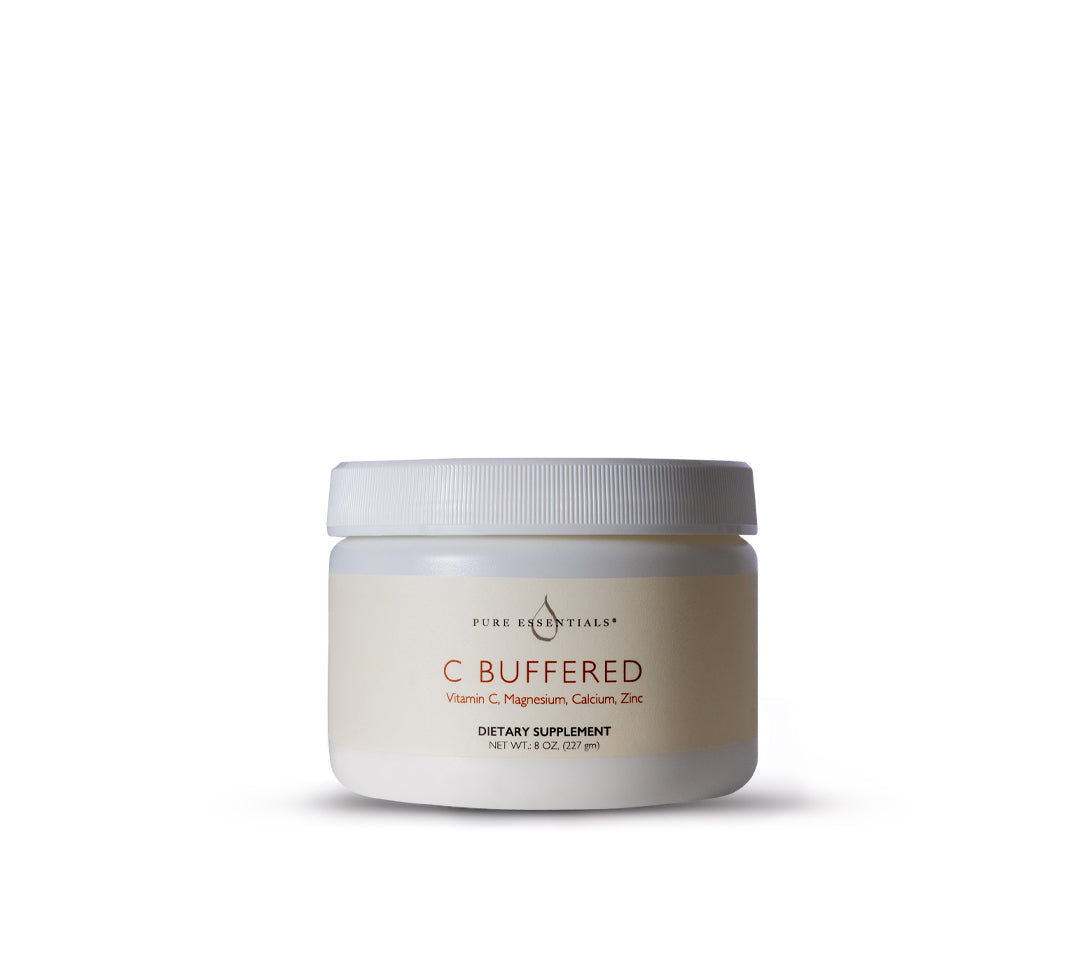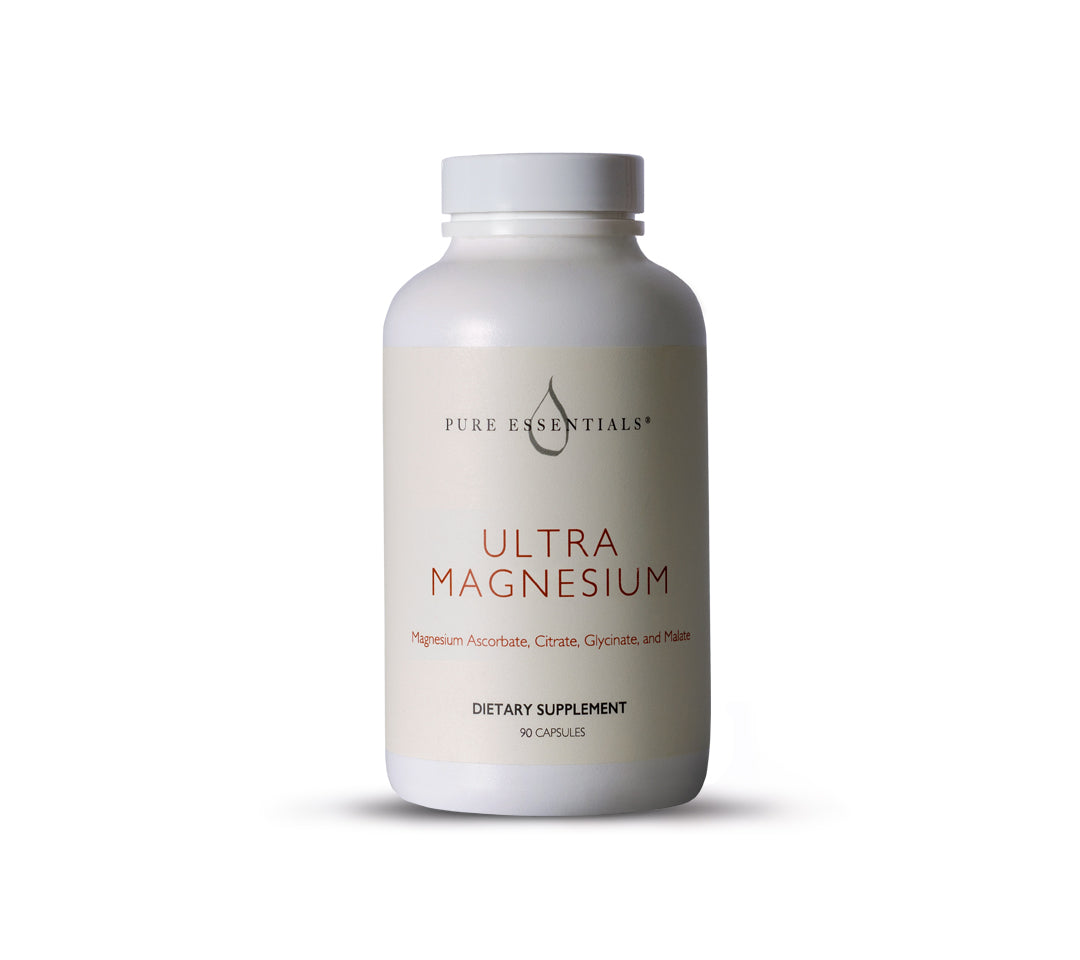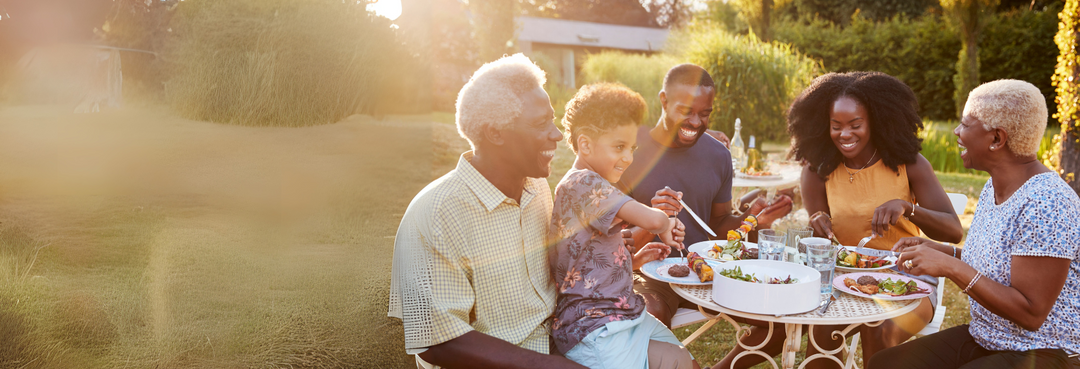Remember those New Year’s resolutions you set just a few months ago? Getting into better shape is often at the top of everyone’s list. How’s that going?
If your answer is “not great”, well, you’re not alone. By spring, many find their enthusiasm for a new workout has waned. And summer is officially just weeks away.
Is it possible your lack of sticktoitiveness is due to an uninspiring workout routine? What if you tried something fun? Something that truly hits different?
Let’s start by exploring exercises tailored to your body type and fitness goals.
Whether you’re built for marathons or prefer a peaceful yoga session, finding the right regimen can transform your fitness commitment…or at least help kickstart it.
A smart first step to shaping a new fitness routine is to nail down which workouts your body is genetically wired to best respond to.
Your Genes & Response To Physical Activity
That’s right, your DNA holds so much valuable information. Your genes determine muscle fiber types that largely dictate whether you’re wired for endurance or strength. They determine your aerobic capacity during a workout and they factor into how effectively you may lose or gain weight, how effectively your body loses fat, or how you may gain muscle with certain types of workouts.
Here’s a great example: ACTN3 is commonly known as the “gene for speed”. With that gene, your optimal physical activities would focus on strength and speed; perhaps low rep weight lifting, sprinting, or other vigorous activities. If instead, you’re graced with the ADRB3 gene, you’re wired for endurance and will most benefit from activities like distance running, swimming, biking, or dancing.
Now imagine embracing our challenge to find something new and fun but having no idea how you are genetically predisposed. The good news is, you don’t have to remain in the dark about your genes.
Our DNA Essentials Plus at-home test will reveal your genetic wiring for nutrition, metabolism, and fitness. It’s a simple cheek swab that takes just minutes. Take your test, mail in your sample, and about six weeks later you’ll have an in-depth, personalized report that includes six pages related to fitness: strength, endurance, aerobic capacity, weight loss or gain, cardio response, muscle metabolism, and potential injury risks.
We now offer a free sample test to view online so you can learn all the amazing gene information that’s available from one simple test. With that knowledge in hand, you’ll be well equipped to find new, fun physical activities that are best suited to help you meet those goals!
Exploring Non-Traditional Workouts
Our motivation for working out changes throughout our lives. In your teens, you might have worried about your one-rep max or how aesthetically pleasing you could make your body. You may have played sports and were focused on performance. Later, your goals are more likely oriented toward fitness and feel good both physically and mentally. And in our senior years, physical activity more likely targets flexibility, muscle tone, balance, and mobility.
As we age, we become more practical.
Let’s look at some workouts that break the mold without breaking our backs. We’re talking about yoga, mobility exercises, low-impact workouts, and Pilates.
Yoga
Not just for the spiritually inclined, yoga offers increased flexibility and benefits mental health. Whether it’s Vinyasa’s dynamic movements or Hatha’s strength-building poses, there’s a style for every mood and need.
Mobility Exercises
Essential for keeping your body agile and injury-free, mobility exercises are perfect for everyone, from desk jockeys to athletes. You won’t pull a muscle picking up the remote anymore because they improve range of motion, reduce muscle tightness, and enhance overall performance.
Low-Impact Workouts
Ideal for those wanting to go easy on their joints while getting a solid workout. Think swimming, cycling, or elliptical machines. These workouts are great for older adults or those recovering from injury but still deliver cardiovascular health and muscle building.
Pilates
A fantastic blend of low-impact yet high-intensity exercises. Pilates focuses on core strength, muscle toning, and flexibility. It’s perfect for improving posture, balance, and even mental focus.
Pro Tip: if you feel strain when stretching, YOU’VE GONE TOO FAR! Be attentive to signals from your body – particularly those involving pain or discomfort. Straining while stretching can lead to injury and injuries will set you back from meeting your goals.
What’s Your Body Telling You?
Understanding your body’s signals is a smart way of finding a routine that works for you.
Here are some tips on how to listen to your body and make the most of your workouts:
- Energy Levels: Pay attention to how your body feels before, during, and after exercise. If you feel energized, refreshed, and strong, you’re likely on the right track. If, instead, you’re constantly fatigued or drained, it might be time to adjust your intensity or try a different activity.
- Performance & Progress: Monitor your progress and performance. Are you able to lift heavier weights, run longer distances, or perform more repetitions over time? That’s progress! This is a good indicator that your current routine is effective. If you’re not progressing, consider varying your exercises or incorporating rest days to prevent burnout.
- Recovery & Soreness: Feeling sore after a workout is normal, but constant pain is a sign that you might be overdoing it. Ensure you’re giving your body enough time to recover between sessions. Stretching, hydration, and proper nutrition are essential for recovery.
- Mental Well-being: Exercise should make you feel good mentally as well as physically. If you notice improvements in your mood and stress levels, it’s a positive sign that your workout routine is benefiting your overall well-being. If exercise feels like a chore or adds stress, explore different activities that you enjoy more. If it’s fun, you’re more likely to stick with it.
Listening to your body means being mindful of these signals and adjusting your fitness plan to its needs. Everyone’s body is different, so finding what works best for you is a personal journey.
Incorporate Variety In Your Routine
Mixing things up keeps your workouts fresh and exciting. It also shocks your muscles into growth, challenges different muscle groups, and may help prevent workout fatigue.
For example, do yoga on Monday, try Pilates on Wednesday, then go for a swim or a bike ride on Friday. With so many non-traditional workout activities available, you can really have fun with your routine. Some variety gives your body a well-rounded workout and keeps your mind engaged.
Finding your fitness passion is all about what feels right for you.
Step out of the typical workout mold and explore what makes your body feel good…what makes you feel good about purpose-driven physical activity. Working out doesn’t have to mean “hitting the gym, lifting things up and putting them down.”
Whether it’s the calm of yoga, the gentle challenge of low-impact workouts, or strength training without the strain, the key is to find what you genuinely enjoy. The best fitness journey isn’t just about physical gains. It’s about enjoying the ride and celebrating the progress your body can achieve.










